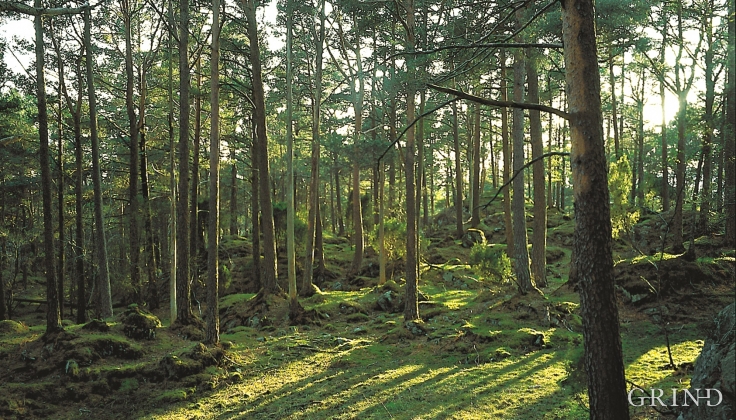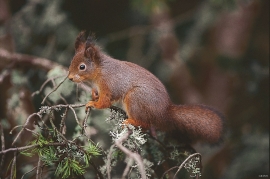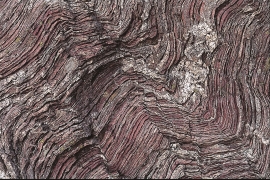Published: 22.07.2015 | Author: Stein Byrkjeland, Bjørn Moe
FORESTED AREA IN A CLASS OF ITS OWN
Despite the fact that the animal life on Stord is better investigated and studied than most other places in Hordaland, we were not clear about the diversity in Digernes forest until the triple junction was almost finished being planned.
But, Digernes forest is still one of the finest forest areas in all of Sunnhordland. The most important preservation area is not very large, but it appears to be still undisturbed. Here a capercaille can cross the road in front of you with its entire flock of chicks; another day you might have a close encounter with the cautious goshawk. In the treetops the many squirrels hunt for nuts (picture). In Digernes forest it isn't necessary to help nature by setting up birdboxes. Few other forest areas in Hordaland have so much dead and decaying wood. This gives excellent nesting conditions for titmice and other birds that nest in holes in trees. One can find both the white-backed woodpecker, lesser spotted woodpecker and the grey-headed woodpecker that peck out new nesting holes each year, such that other birds can take over the old ones. Also the nuthatch makes holes in trees to create a place for it to live.
Chert
Chert is the name of this fine, hard rock type, that among other places is found at Digernes. It is comprised of microscopic quartz from diatoms that were deposited on the sea floor in Cambro-Silurian time. Some of the layers have a reddish colour that comes from small, scattered grains of the mineral hematite. Red chert is also called jasper - a rock type that is mentioned in the Bible both in the Garden of Eden and The New Jerusalem. (Jan Rabben)
Spring on Digernes
In the beginning of April, while the forest floor on Digernes is still brown with old, withered leaves, you can find the common toothwort. This is a strange, little plump plant with a light pink colour. It lacks chlorophyll and green colouring and has to absorb nutrients by sponging from tree roots, most often hazel. When the common toothwort has blossomed and gotten mature fruit, the plant disappears underground. But, other plants are awaiting their turn; spring comes early on Digernes. In late April to early May, the English primrose is in full bloom. Primrose often grows together with early purple orchid, and in May we can find them both in fertile pine and deciduous forests. Pine forest is most common in the northerly and westerly part of Digernes. There is also a lot of black alder, especially on the flat and moist areas. In the south we can see oak forests growing right out of the bare coastal bedrock. (Jan Rabben)
- Moe, B.; Heegard, E.; Ihlen, P. G. 1996. Botaniske registreringer i det planlagte «Trekantsambandet» i Sunnhordland. UiB, Botanisk inst.
- Rabben, J. 1997. Naturen i Sunnhordland. Eige forlag.






